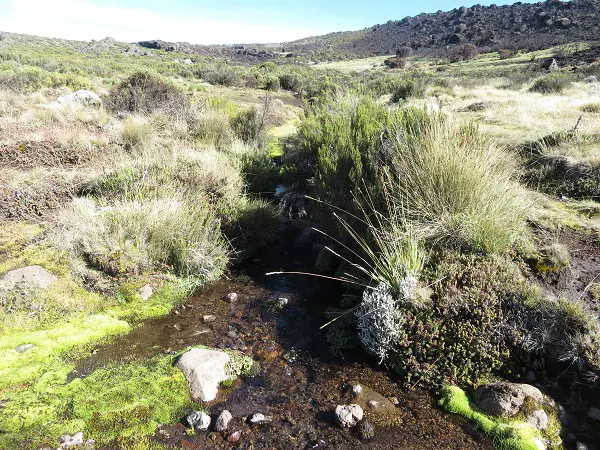
Trekking Mount Kilimanjaro, the highest peak in Africa, is a challenging and rewarding adventure that attracts climbers from around the world. While countless trekkers successfully summit the iconic peak each year, it's essential to acknowledge the potential risks associated with high-altitude trekking. In this guide, we delve into the complex topic of deaths in Kilimanjaro, aiming to shed light on the possible causes and factors that contribute to such unfortunate incidents.
Acute Mountain Sickness (AMS):
AMS is a common concern when ascending to high altitudes. Symptoms include headaches, nausea, and dizziness. Ignoring AMS symptoms can lead to more severe altitude-related illnesses.
High-Altitude Pulmonary Edema (HAPE) and High-Altitude Cerebral Edema (HACE):
HAPE involves fluid accumulation in the lungs, while HACE involves swelling of the brain. Both are severe conditions requiring immediate descent for treatment.
Inadequate Physical Conditioning:
Climbing Kilimanjaro demands a reasonable level of physical fitness. Trekkers who haven't adequately prepared may struggle with the physical demands of the climb, increasing the risk of exhaustion and related complications.
Undisclosed Health Issues:
Some trekkers may have undisclosed or unknown health issues that can exacerbate at high altitudes. Pre-existing conditions such as cardiovascular problems may pose significant risks.
Temperature Fluctuations:
Kilimanjaro experiences diverse climates, and temperatures can vary dramatically. Inadequate gear or preparation for extreme cold can lead to hypothermia or frostbite.
Precipitation and Slippery Conditions:
Rain and snow on Kilimanjaro can create slippery and challenging terrain. Accidents, such as slips and falls, may occur if trekkers are not adequately equipped or cautious.
Rapid Ascent:
Climbing too quickly without allowing sufficient time for acclimatization increases the risk of altitude-related illnesses. Trekkers should follow well-planned itineraries that prioritize gradual ascent and rest days.
Ignoring Symptoms:
Ignoring early signs of altitude sickness and pushing forward can lead to a rapid deterioration of health. Trekkers and guides must be vigilant in recognizing symptoms and taking appropriate action.
Trekkers should undergo thorough medical checkups before attempting Kilimanjaro. This helps identify any underlying health conditions and ensures individuals are physically fit for high-altitude trekking.
Itineraries with gradual ascents and built-in rest days enhance acclimatization. Trekkers should choose routes that prioritize acclimatization and be prepared to descend if symptoms of altitude sickness arise.
Physical conditioning, including cardiovascular exercises and strength training, is crucial in preparing for the physical demands of Kilimanjaro. Trekkers should follow training regimens recommended by experienced guides.
Proper gear for extreme weather conditions is essential. Trekkers should invest in high-quality clothing, footwear, and equipment designed for the challenges posed by Kilimanjaro's diverse climates.
Engaging experienced guides and support staff familiar with Kilimanjaro significantly enhances safety. Guides are trained to recognize symptoms of altitude sickness and ensure proper risk management.
Trekkers must communicate openly with guides about any health concerns or symptoms they experience. Prompt reporting allows for timely intervention and decision-making.
Climbing Kilimanjaro is a transformative and exhilarating experience, but it comes with inherent challenges and risks. Understanding the possible causes of deaths on Kilimanjaro during trekking is a crucial step in fostering a culture of safety and responsible adventure. Trekkers, guides, and operators play vital roles in mitigating these risks by prioritizing proper preparation, acclimatization, and adherence to safety protocols. With a commitment to safety and responsible trekking practices, adventurers can embark on the Kilimanjaro journey with a balanced approach that prioritizes both the thrill of the climb and the well-being of all those involved.